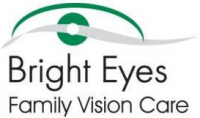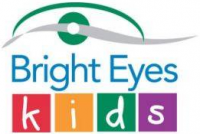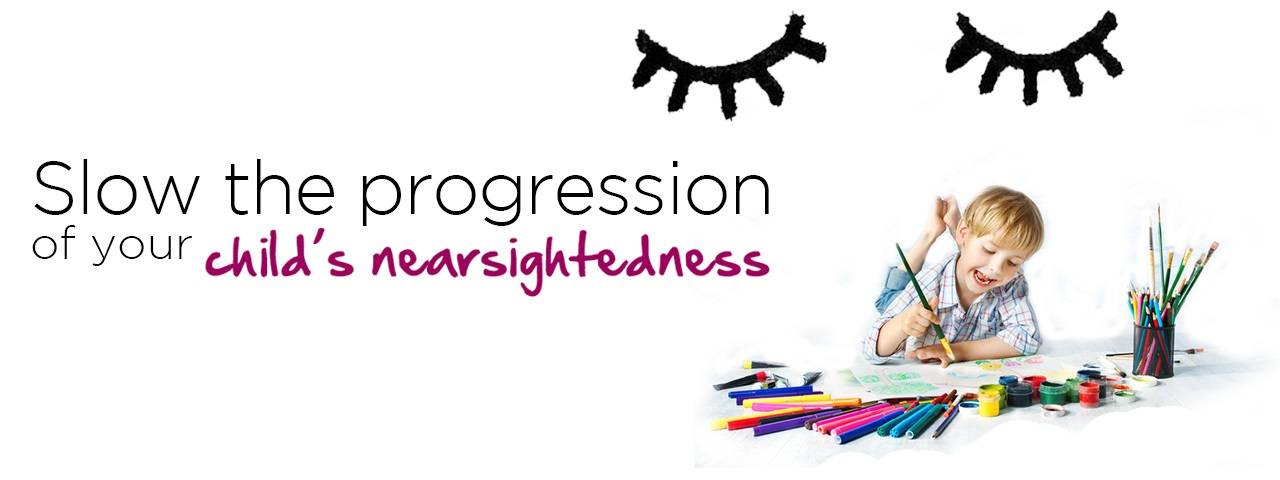(Note: for specific Back to School info click here.)
What Is Myopia Control?
Myopia is the condition commonly known as nearsightedness or short sighted. It effects 42% of Americans and is the sixth leading cause of blindness. (Learn more about what myopia is on our podcast). People with moderate to high myopia have an increased chance of retinal detachment, macular degeneration, cataracts, and glaucoma as they age. This in conjunction with the social ramifications of having lower quality vision makes myopia control an important aspect of your child’s vision care.
Myopia begins to develop in school aged children and progresses until late teens. The goal of myopia control is to minimize the progression of myopia and reduce the impact it has on your child’s life. The younger your child begins to address the problem, the greater the success rate is. Read about Dr. Nate’s daughter’s myopia control story.
Request A Myopia Control Appointment
Has the Pandemic Mage Myopia Worse?
Scientific research says yes. For more on this check out our In The News page.
Why Should I Be Concerned About Myopia?
Myopia is a very serious concern for the long term health of your child’s eyes and is on track to become one of the leading causes of irreversible blindness worldwide. Recently eye doctors shifted from providing new glasses every year as myopia progresses to taking a more serious approach to slowing down the myopia by treating the underlying causes and not just the symptoms. Research has shown conclusively that the higher your child’s myopia becomes, the more at risk they are for some of the most debilitating eye diseases.
People that have moderate to high myopia are at increased risk for:
- Almost a 300% increase in glaucoma.
- A 1000% increase in retinal detachment.
- Choroidal neovascularization which is a common cause for Macular Degeneration
- Retinal tears
- Retinal Holes
- Cataracts
Find out if your child is at risk for myopia with this online assessment.
Treatment Options
Atropine Eye Drops for myopia control is an increasingly popular option for effective control of progression. The latest research indicates that even with ultra low doses of 0.01-0.05% administered daily, progression is reduced by 60% on average. This treatment option has some advantages over Orthokeratology, such as its lower cost, ease of use with younger children, and ease of administering.
Visit our Atropine page for more details.
Perhaps the most popular method of myopia control, Ortho K provides the added benefit of being glasses- and contact lens-free during the day. Research indicates that Ortho-K reduces myopia by 40% or more on average. If your child is a sports player, has difficulty with losing or breaking glasses, or finds wearing glasses or contacts uncomfortable or socially difficult then Ortho-k may be right for them.
Visit our Ortho-K page for more information.
Multifocal contact lenses change the visual stimulus on young eyes, with both distance clarity and good near vision. MiSight 1 day contacts from CooperVision have been FDA approved for treating the progression of myopia (nearsightedness) in children aged 8-12 at the initiation of treatment. Other multifocal lenses with expanded parameters are also an option for many patients with higher myopia. Daily disposable soft contact lenses are more comfortable than OrthoK lenses, and are convenient, with no cleaning necessary since a new lens is used every day. Some practitioners suggest the combination of contacts with Atropine for better results.
Visit our Multifocal Contacts for Myopia Control page.
Is Myopia An Epidemic?
While it is hard to say whether myopia is an epidemic, there is no doubt that the rate of myopia is growing at an alarming rate. In the past 30 years there has been a 66% increase in the prevalence of myopia, while at the same general health has improved. In Asia the rates of myopia have increased at alarming rates, with 80% of schoolgirls and 90% of college students having myopia. There is still much that is not understood about myopia, but research indicates several factors that effect myopia progression.
- Time spent outdoors has a very strong link to prevention of myopia. Based on the latest research 2 hours per day of outdoor time in children will significantly lower the rate of myopia. Exactly why this is so is not known, some speculation exists that being in an environment where you can focus on long and short distances may be linked. This is based on the idea that the ideas adjust to correct focus based on side vision (peripheral) and not center vision, so even if your child is focusing on something near the fact that there is peripheral objects at a distance is enough.
- There is a correlation with computer/screen time and the development of myopia. The same can be said about intensive focus on close range activity such as reading.
When Should My Child Visit the Eye Doctor?
Myopia, commonly known as near sighted or short sighted, is also called school age myopia. This is because it only begins from the age of 6 (1st grade) or later and progresses until the late teens. To ensure the highest rate of success, experts recommend treatment as soon as possible. Our Optometrists recommend an eye exam before the first year of school to assess if your child is showing symptoms of myopia and follow up exams yearly.
If your child has developed myopia, your child will have check ups to monitor the progression 4 times a year. If Ortho-k is chosen as the treatment options there may be more appointments during the first year to ensure that the lenses are still correct as the eye changes.
Research has shown that certain environmental aspects play a role in myopia occurrence. The following children are at higher risk for myopia:
- One or both parents are myopic (shortsighted)
- From Asian heritage
- Living in an urban area
- Spends less than 1 hour each day outdoors
- Spends many hours a day in front of a computer/tv/reading


